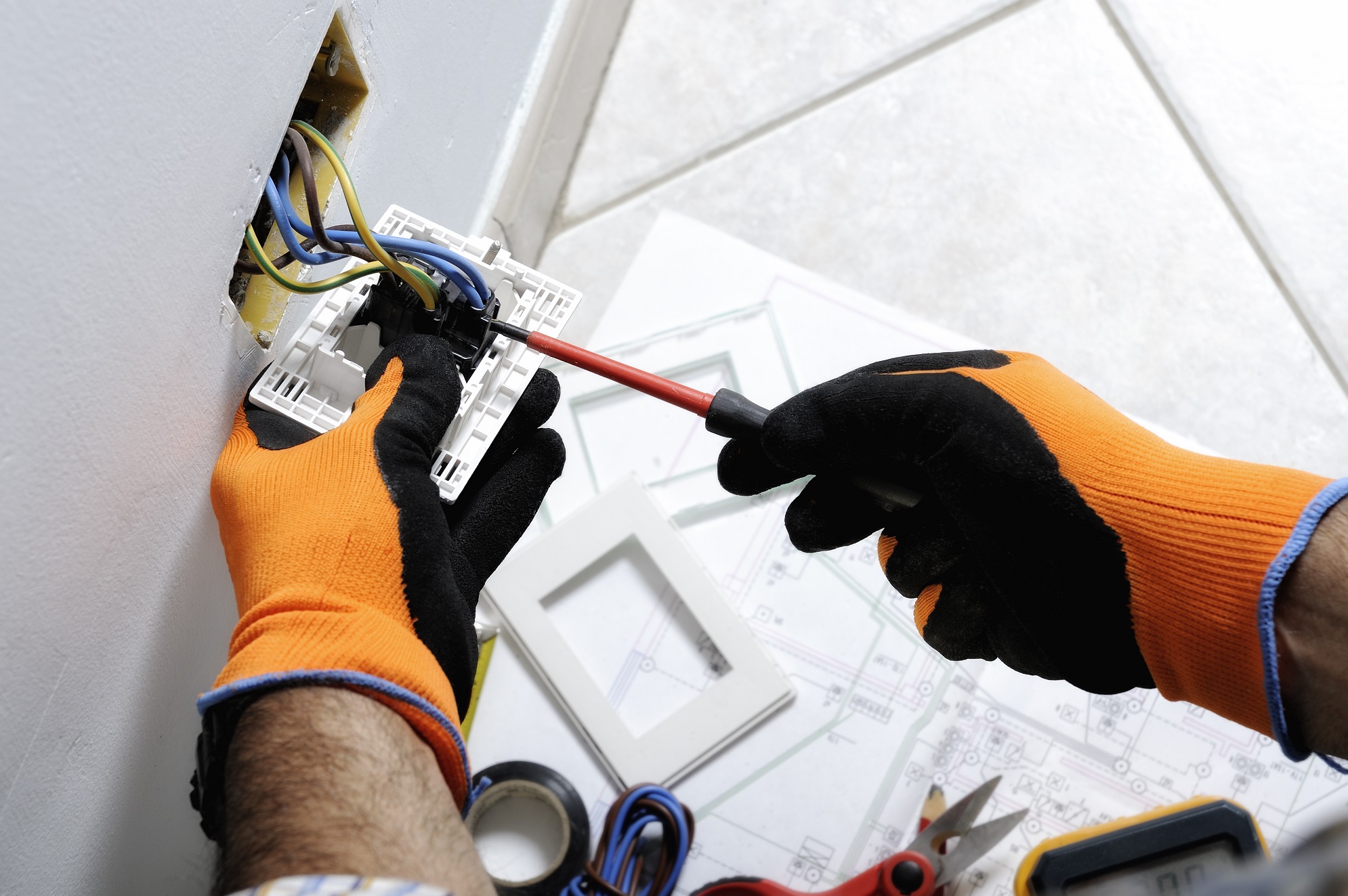What are the advantages of PVC cables?
PVC is often a go-to material of choice when it comes to cable insulation or sheathing, but why is it so common? We delve into the details.
What does PVC stand for?
PVC stands for polyvinyl chloride, it is widely used in the building and construction industry in a variety of applications such as piping, tubing, wire and cable insulation.
The advantages of PVC
- Pliable
- Recyclable
- Easily modified with additives to improve its durability, resistance to chemicals, water, sunlight etc.
- Can be made flame retardant
- Excellent ageing properties
- Cost-effective
PVC is one of the most common thermoplastics because it can be so easily moulded. Thermoplastics are softened by heating and can be shaped – their shape is retained or frozen in, through cooling. Thermoplastics can be reused and recycled, and so the process can be repeated again and again.
PVC can be formulated to make it more robust, durable and resistant to mechanical problems including abrasion. PVC is also resistant to a wide range of chemicals. The infusion of additives by experts in the material can improve its temperature stability range, resistance to sunlight and its resistance to water. Additionally, PVC insulation or sheathing can be made to have limited flame retardant properties – an important feature for electrical cables in most applications.
As well as being cost-effective, PVC cable features excellent ageing properties. Cables with PVC insulation or sheathing often exceeds its 25-30 year service life.
PVC vs. XLPE
What’s the difference between PVC and XLPE? PVC is a thermoplastic, which has a maximum working temperature of 70°C. This is the requirement for standard building cables. XLPE stands for cross-linked polyethylene and is a thermoset material, which has a higher working temperature of 90°C. XLPE cables can be run at higher temperature and allows more current or Amps.
The History of PVC cable
A lot of everyday tasks such as washing our clothes and watching TV, would not be possible without cables insulated or sheathed with polyvinyl chloride (PVC). The material was first discovered by German chemist Eugen Baumann in the late 1800s when PVC accidentally appeared as a white and brittle solid inside a flask of vinyl chloride that had been exposed to sunlight. Despite its early discovery, PVC was not widely used commercially until the 1920s, when it was originally used as a synthetic replacement for natural rubber, which was becoming expensive.
Plasticisers were incorporated into the base material PVC to help it become more stable, pliable and less brittle. A plasticiser is a low-volatility liquid or solid substance, which reduces melt viscosity during processing. Plasticisers embed themselves between chains of polymers, spacing them apart. This reduces the glass transition temperature and makes the plastic softer – making it more flexible, easier to shape and reduce friction on its surface.
The electrical industry began to use PVC insulation and sheathing on electrical cables in the late 1950s and early 1960s to replace rubber insulation and sheathing. PVC was found to be more practical, and versatile and could be produced in quantity as required. Millions of homes in the UK have been wired in PVC insulated and sheathed cables –providing a cost-effective installation and good service.
How are PVC cables made?
The copper conductor is fed into an extruder, where it is coated in PVC to the required thickness. Prysmian designs different formulations, depending on the type of PVC cable. This is because it is an effective material for electrical and physical protection. For example, it is perfect for insulating and sheathing Prysmian Twin and Earth cable. It is worth noting that the compounds Prysmian use for the sheathing, are different from the compounds used in the insulation.
Prysmian T&E cables meet British Standard BS 6004, which specifies the requirements and test methods for the construction and performance of cables that have PVC insulation of rated voltage 300/500 V. Prysmian twin and earth is ideal for both ring, radial and spur circuits for lighting, power and switching circuits. Prysmian are the experts when it comes to the design and manufacture of twin and earth cable. Our cables are manufactured in the UK and can be relied upon to deliver high quality cables that are readily available across the UK.
Our insulated building wires provide secure, reliable power to buildings and structures. Learn more about the Prysmian range of building wires. .



